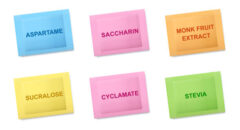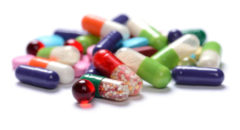 Hypoglycemia, also called low blood glucose or low blood sugar, is a condition that occurs when the body’s blood glucose decreases and is too low. Hypoglycemia is defined as a blood glucose level below 70 mg/dl. Hypoglycemia may range from mild to moderate (60-70 mg/dl) with few or no symptoms, to severe hypoglycemia with very low levels of glucose.
Hypoglycemia, also called low blood glucose or low blood sugar, is a condition that occurs when the body’s blood glucose decreases and is too low. Hypoglycemia is defined as a blood glucose level below 70 mg/dl. Hypoglycemia may range from mild to moderate (60-70 mg/dl) with few or no symptoms, to severe hypoglycemia with very low levels of glucose.
What Causes Hypoglycemia?
Hypoglycemia can be a side effect of insulin or other types of diabetes medicines that help your body make more insulin. Hypoglycemia can occur in people with diabetes for many reasons. For example, blood glucose can drop if meals are skipped, delayed or are too small; too much insulin or oral medications; increased amounts of exercise or activity; or excessive alcohol consumption.
Symptoms and Management of Hypoglycemia
Symptoms of hypoglycemia include shakiness, dizziness, sweating, hunger, headache, pale skin color, clumsiness, confusion, change in behavior, and seizure. Untreated, hypoglycemia can lead to unconsciousness and death. If you start to feel one or more of the symptoms of hypoglycemia, check your blood glucose levels. If your blood glucose level is less than 70 mg/dl, eat or drink 15 grams of carbohydrates right away.
Food that will raise your blood glucose rapidly and have about 15 grams of carbohydrate include 2 to 3 glucose tablets, 4 ounces of fruit juice, 4 ounces of regular soda, 1 cup of milk, 5 to 6 pieces of hard candy, or 1 to 2 teaspoons of sugar or honey.
Wait 15 minutes and then re-check your blood glucose level. If it is still too low, treat again with another serving. Repeat these steps until your blood sugar is at least 70 mg/dl.






